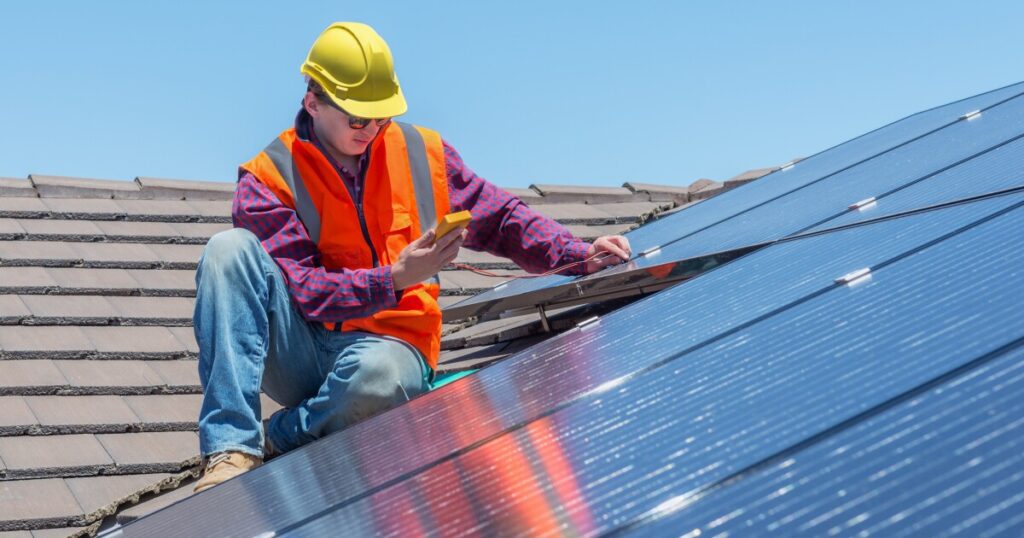Solar energy panel installations can create unique coverage risks

Climate change risks and rising energy prices have encouraged consumers and companies to find alternative energy sources. According to a new report from Allianz on solar photovoltaic panels (PVs), the number of annual solar installations rose 87% in 2023 as compared to the previous year. As the focus on renewable energy increases, so too do some of the risks.
According to the report, China has dominated the transition to solar energy, installing 57% of the world’s solar in 2023.Increased government support for solar energy through incentives, lower costs for installation and technology improvements, as well as the desire for low-carbon and renewable energy sources have also helped to make this type of energy more viable.
Hazards with solar energy
With the popularity of solar energy rising, over 30 countries generate more than 10% of their energy from solar including: Chile (20%), Australia (17%) and the Netherlands (17%), while the state of California generates 28%. Open fields, flat roofs and even large bodies of water can provide opportunities to convert sunlight into energy.
PV panels convert sunlight into energy and are most at risk for some sort of damage. These risks include:
FireHailWindSnow and rainwaterFloodingLightningEarthquakesOverloading on roofsTheft and vandalismLiability risks
The panels can be mounted on the ground (as in solar farms), on parking structures such as carports, or be roof-mounted for commercial and residential buildings. Panels on top of buildings can increase the risk of fires and can inadvertently create “hot spots” that could ignite any nearby combustible materials or generate energy arcs if there is inadequate ground protection. Since solar panels tend to be outside of traditional fire detection systems like smoke alarms or sprinkler systems, there could be a delay in any notification of a fire. The panels can also create electrical risks for firefighters, since they transmit energy that cannot be shut down like traditional power sources.
Michael Bruch, Global Head of Risk Consulting Advisory Services at Allianz Commercial told Digital Insurance in a statement, “As insurers, we recognize the rapid growth of the solar market will inevitably give rise to new risks that must be mitigated as the energy transition continues to gather pace. Already we have seen how fires on rooftops can present complex hazards for fire services, for example. Any risk management strategies in the future will need to be flexible enough to adapt to innovations in photovoltaic technology and shifting market trends.”
Hailstorms can damage solar panels and the use of predictive software can help mitigate some of these risks, as well as the use of thicker glass, which can help panels better withstand the ice.
“Our understanding of how these new risks are evolving will be informed by collaborations with experts from the power industry and scientific communities, as well as ongoing dialogues with our business clients, helping us to provide the specialist support and solutions the PV sector needs to continue to grow with resilience,” added Bruch.



